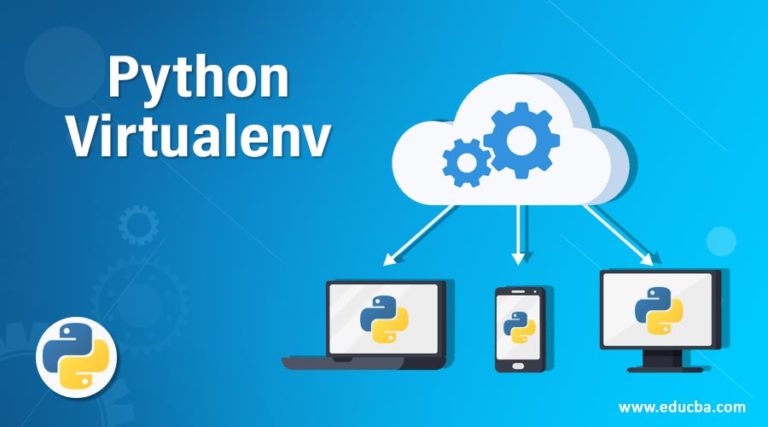
Each virtual environment contains a discrete copy of the Python interpreter, including copies of its support utilities. This answer is for those who may use a different OS.A virtual environment is a way to have multiple, parallel instances of the Python interpreter, each with different package sets and different configurations. Path\to\venv\Scripts\Activate.ps1 Deactivating the virtual environment On Linux, Unix or MacOS, using the terminal or bash shell: Virtualenv -p /path/to/python3 /path/to/directory/virtual_env_name Activate the virtual environment path/to/python3 -m venv /path/to/directory/virtual_env_name Using virtualenv Yet you can create the virtual environment for Python 3 using any of them.

Virtualenv is the tool of choice for Python 2, while venv handles the task in Python 3. Sourcing an activate script in its bin directory. Once an environment has been created, you may wish to activate it, e.g. without-pip Skips installing or upgrading pip in the virtualĮnvironment (pip is bootstrapped by default) Of Python, assuming Python has been upgraded in-place. upgrade Upgrade the environment directory to use this version clear Delete the contents of the environment directory if itĪlready exists, before environment creation. Symlinks are the default for the platform. copies Try to use copies rather than symlinks, even when symlinks Try to use symlinks rather than copies, when symlinks Give the virtual environment access to the system h, -help show this help message and exit Usage: venv Ĭreates virtual Python environments in one or more target directories.ĮNV_DIR A directory to create the environment in. Arguments are similar to the classic virtualenv project. You no longer need to install or download the virtualenv scripts for Python 3.3+.Ĭheck that your installation provided the pyvenv command that should take care of creating the "virtualenv".

Python already ships with its builtin "virtualenv" called venv since version 3.3.


 0 kommentar(er)
0 kommentar(er)
